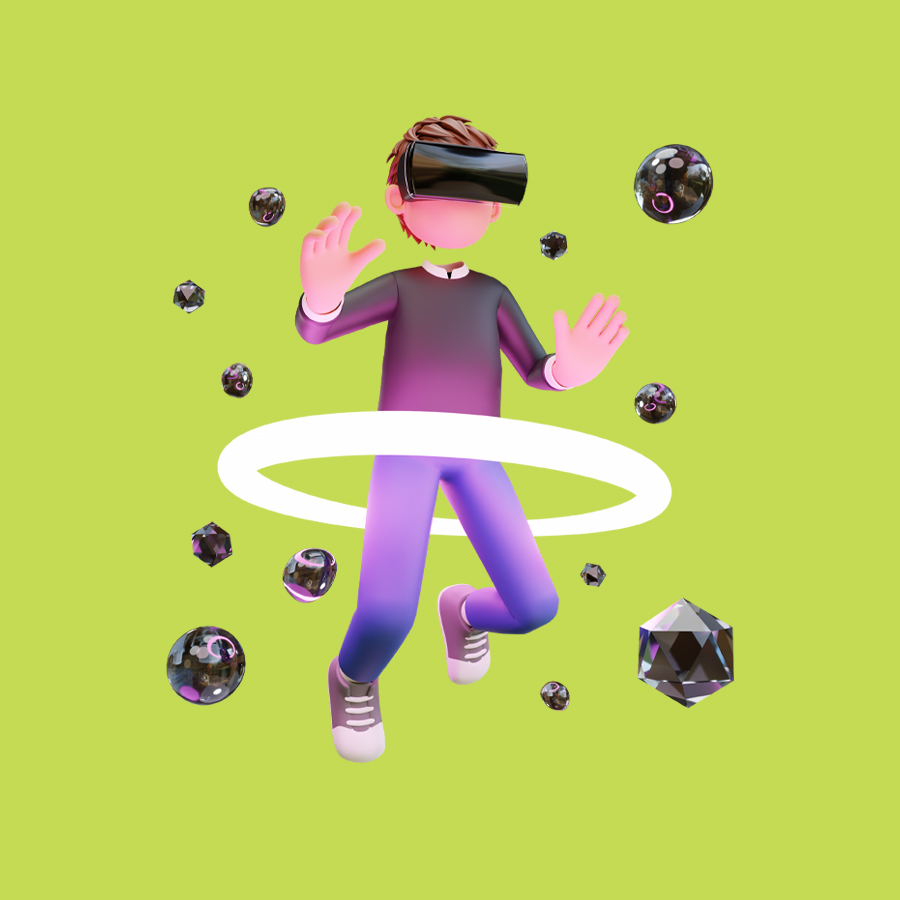Virtual Reality (VR) is a rapidly growing field with endless potential for creative and immersive experiences. However, as an emerging technology, designers still face many challenges when creating VR experiences. In this blog post, we’ll explore some of the top game design conventions that don’t translate well to VR and discuss potential solutions for designers to overcome these obstacles. First and foremost, one of the biggest challenges for designers in VR is the need for more standardization. Unlike traditional video game consoles, where developers can rely on a set of technical specifications, VR headsets vary widely in both hardware and platform. Designers must consider this when creating an experience that someone can enjoy across multiple devices. One solution is to create VR experiences compatible with various platforms, ensuring that the broadest audience can enjoy your game.
Another issue is motion sickness. VR experiences can be incredibly disorienting for some users, leading to feelings of nausea and discomfort. Designers must consider how their game’s interactivity will impact users’ physical experience. One solution may involve designing experiences with slower movements and reduced rotation instead of high-speed action sequences. Additionally, designers can provide users with options for camera movement within the game settings, allowing them to choose the most comfortable experience for themselves.
Interactivity is another crucial aspect of VR design that can present design challenges. In a traditional video game, players can access multiple buttons and joysticks, whereas in VR, the player’s body is the primary interface. As a result, designers need to consider how players will interact with their game. To solve this issue, designers may need to focus on intuitive hand and body movements within the game, such as using simple hand gestures to interact with objects in the game world.
Another major challenge for VR designers is creating the illusion of space and scale. Unlike traditional games, VR experiences need to create the illusion of depth and scale for the user to feel fully immersed. Designers may solve this issue by providing visual cues such as shadows and lighting effects that can help define the space within the game. Additionally, providing clear, visible landmarks in the game world can help players better orient themselves within the area.
Designing VR experiences involves its own set of unique challenges and obstacles. However, by considering issues such as standardization, motion sickness, interactivity, and spatial awareness, designers can create compelling experiences that engage players in a whole new way. To succeed in designing VR experiences, designers must embrace the medium’s unique characteristics, experiment with new design tools, and keep the user experience in mind. As VR technology evolves, it’s an exciting time for designers to push boundaries and create immersive, interactive experiences that blur the line between reality and virtuality.
